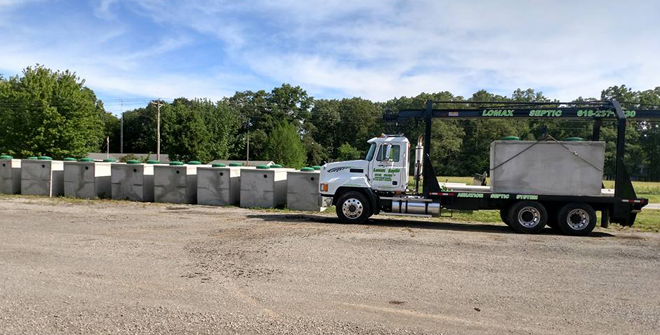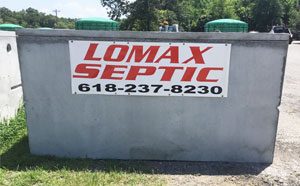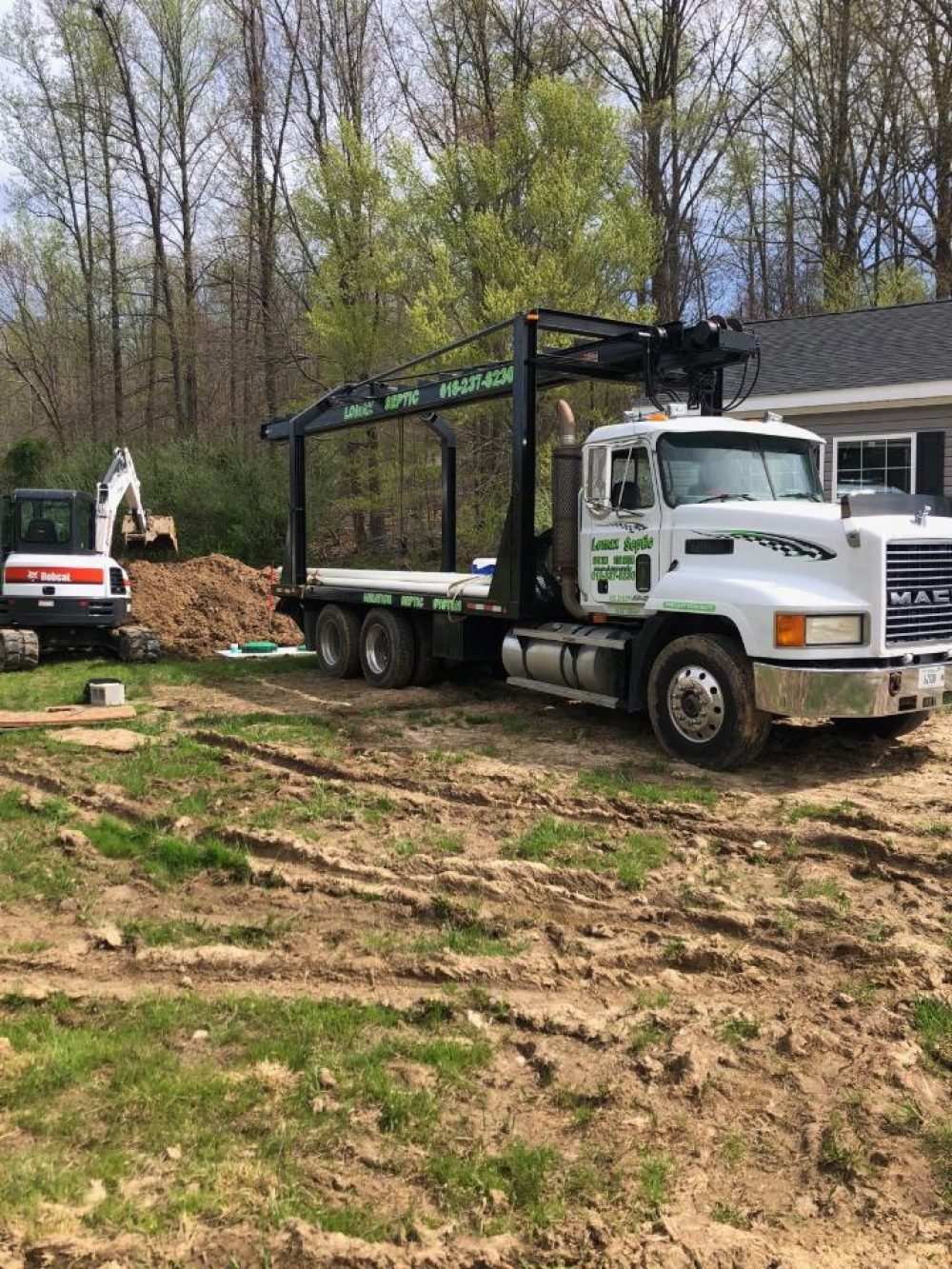
Why install an aeration system from Lomax Septic Systems?
Septic tanks use microorganisms to digest liquid and solid household waste. This reduces the level of harmful pathogens before the waste enters the environment. Both aerobic and anaerobic microorganisms perform this function
Aerobic microorganisms operate in an oxygen-free environment such as a traditional septic system would have. Aerobic microorganisms have much higher digestion power as compared to anaerobic microorganisms. However, they need oxygen to work effectively.
Advantages and Disadvantages
Aerobic systems can provide a higher level of treatment within the system than a standard septic tank. Properties that do not have the appropriate soil required for a standard absorption field are good fits for them. Challenging lots work well for aerobic systems and they are environmentally friendly.
How they work
Aerobic septic tanks use an air compressor or blower system to force air into the treatment tank. It will then mix with the tank’s solids and wastewater. This processes the waste up to 20 times faster than a traditional septic system. Unprocessed waste either settles to the bottom as sludge, or flows through a settling chamber. It will eventually return to the main septic tank. Some systems use a pre-treatment chamber to separate solids such as toilet paper and grease that can clog the unit.
When to use Aeration?
If your property does not provide adequate space for a drain field or if your soil is unsuitable for septic drainage. Consider an aeration system if you live near a body of water used by the public for drinking or swimming. You can also capture or reuse the discharge for an aerobic system to flush toilets for for irrigation.
In some locations, the health department requires only aeration septic tanks be installed for new home and business sites when public sewage systems are not available.

Hours & Info
618-237-8230Monday- 7AM-6PM
Tuesday- 7AM-6PM
Wednesday- 7AM-7PM
Thursday- 7AM-7PM
Friday- 7AM-7PM
Saturday- 7AM-7PM
Sunday- Closed

